Vertical gardening is a gardening technique to grow plants vertically with the help of structures. You can employ raised beds, containers, or trellis to build a vertical garden and make optimum use of your space by building a garden that grows up. Vertical gardening is a perfect way to draw attention to any area or even hide an unattractive one.
In this extensive guide, we will tell you everything you need to know about vertical gardening.
Benefits of Vertical Gardening

Vertical gardening has several advantages:
- It not only saves space but also prevents your yield from pests and diseases.
- Your vegetables become easy to harvest when you grow vertically.
- It allows you to turn any wall or unused space into a beautiful garden.
- Wherever you choose to build your vertical gardens - indoors or outdoors - they contribute to good air circulation.
Basics of Vertical Gardening

Get your garden structure ready before you start planting. Make space for the plants that you choose to grow in your vertical garden. Attach structures like a trellis to the ground or attach large containers to the walls.
Attaching structures will allow you to grow vines, vegetables, herbs, and flowers in your vertical garden and will acquire much less space than traditional gardens. Create new garden rooms or define hidden areas that are ready for being discovered.
Pick Plants For Vertical Gardening

Now that your garden structure is in place, it is time to decide the plants you will be growing in your vertical garden. You can grow almost everything from herbs, flowers, vegetables, perennials to succulents. However, since you are growing these greens vertically, you should consider their flexibility. For example, vegetables like tomatoes or bitter gourd are more suitable for your vertical gardens than growing shrubs with rigid wooden stems.
The next thing to keep in mind is the growing habits of the plants. Pick plants with similar growing needs. For example, pick all sun-loving plants or all shade-loving plants. If you place a plant that grows faster next to the one that takes longer to grow, then the faster-growing plant will hinder the growth of the other plant.
Here’s a list of greens that we recommend for your Vertical Garden:
-
Tomatoes (you can grow them by fastening it to stakes)
-
Bitter Gourd
-
Summer Squash
-
Long Melon
-
Peas (give them the required support by fastening it to stakes)
-
Green Beans (give them the required support by fastening it to stakes)
-
Cucumbers
-
Bottle Gourd
-
Zucchini
-
Yard-long Beans
Plants grow differently in a vertical garden. Some plants need to be physically attached to structures, while others loop themselves around trellis openings. Plants grown in a vertical garden need more frequent watering and regular doses of fertilizers as they are exposed to more light and wind.
Knowing when to plant vegetables in your region is very important. Check out our Vegetable Seed Planting Chart India for more information.
Types of Vertical Gardens
Trellises, stakes, fences, hanging baskets, and other types of structures make it easy to grow plants in vertical gardens. You can even repurpose an existing structure such as a shed and turn it into a vertical garden.
Grow On Shelves

Since it is easy to grow almost all the vegetables in the containers, shelves offer an excellent space for growing different types of vegetables, you can place containers on shelves and build shelves as high as space allows. Grow easy-to-thrive plants like spinach and lettuce on your shelves.
Position your shelves in a way that your plants receive an ample amount of sunlight. You can use any type of shelve, however, it is best to use slat shelves. It allows extra water to drip off and smooth circulation of air.
Grow In Hanging Baskets

You can grow lots of vegetables in hanging baskets, especially the ones with trailing abilities. Grow herbs like basil, thyme, and oregano in hanging baskets, as they not only look good but they also thrive properly in these baskets.
However, you have to keep these plants watered all the time as plants are more prone to drying out. Ensure that the plants growing in these baskets are not too heavy for the baskets. Consider replacing the baskets with sturdier containers if need be.
Grow On Trellis

Trellis is a great way to support vine crops. A fence or stakes can also serve as a trellis for growing plants like peas, beans, vines like cucumbers. Be creative and make a structure to support your plants. Ensure that you leave space between the structure and the wall for smooth air circulation.
It is advisable to harvest the vegetables frequently so that the vertical structure can support the vines. Vertical gardens are a great way to grow vegetables for urban gardeners to enjoy the harvest of fresh home-grown vegetables without taking up much space.
Attach a drip system for easy watering or ensure to water your plants at regular intervals. You can also install a Hydroponics pipe and plant your greens without worrying about anything. These pipes are easy to install, and you can enjoy the year-round harvest, even indoors.
FAQ’s - Vertical Gardening
What vegetables will require support?
Crops like cucumbers or green beans that have tendrils are good at climbing a trellis, but they will still need some support. You will have to tie these plants until they grow well. On the other hand, crops like tomatoes or raspberries with long branches will need constant support.
What to keep in mind when growing plants next to each other in a vertical garden?
You can grow vining crops like peas or beans with flowers; this will prevent pests and diseases. Whenever you are growing a set of plants together, keep their growing habits into consideration. For example, you might not want to place a sun-loving plant next to a shade-loving plant.
How to water your vertically growing plants?
You can install a DIY drip irrigation system or water your plants regularly to ensure they are hydrated. Plants growing in vertical gardens require more watering due to the constant wind circulation.
How to pair the structure of the garden with different types of plants?
Coordinate your garden structure before planting to avoid disturbing the roots or stems of the plants. Always pair heavy or demanding plants with sturdier structures. You can grow plants with thin stems like herbs in hanging containers.
Start your own gardening journey by grabbing high-quality, heirloom seeds from AllThatGrows today!


 Sign In
Sign In



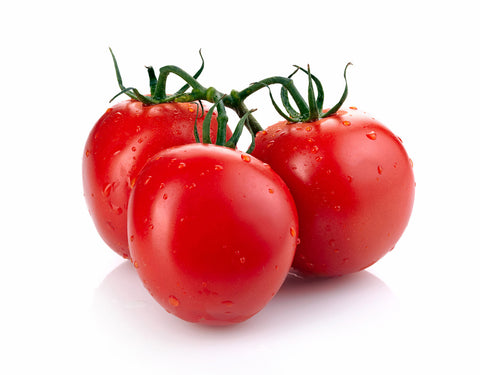
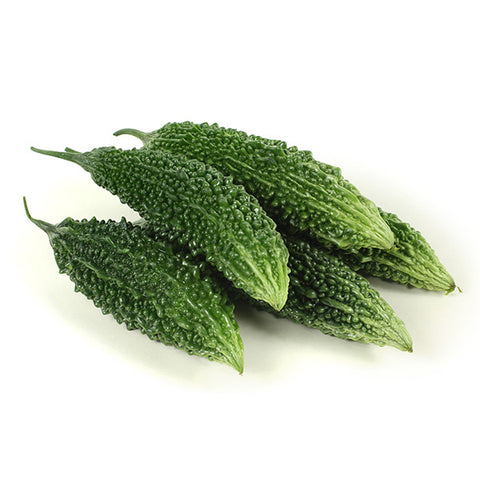


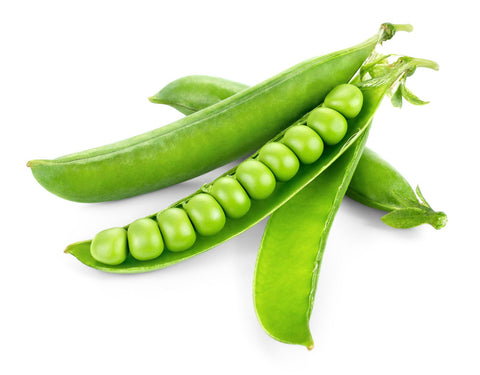
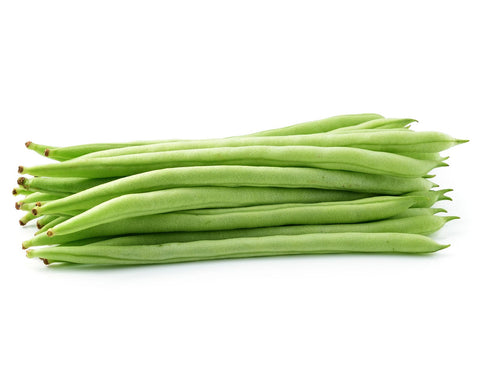
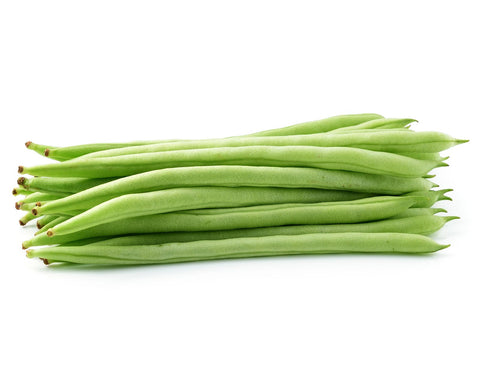
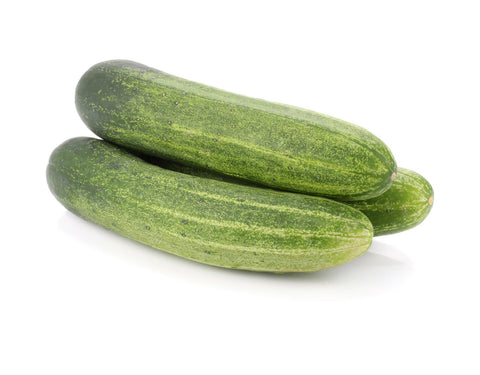
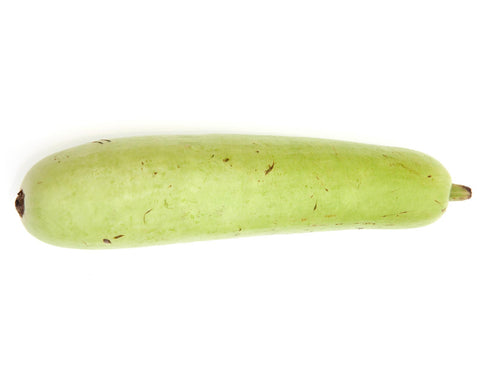



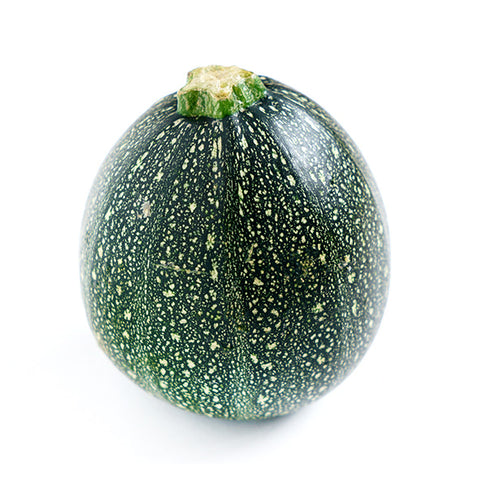






Let us know your feedback
* Comments must be approved before being displayed.